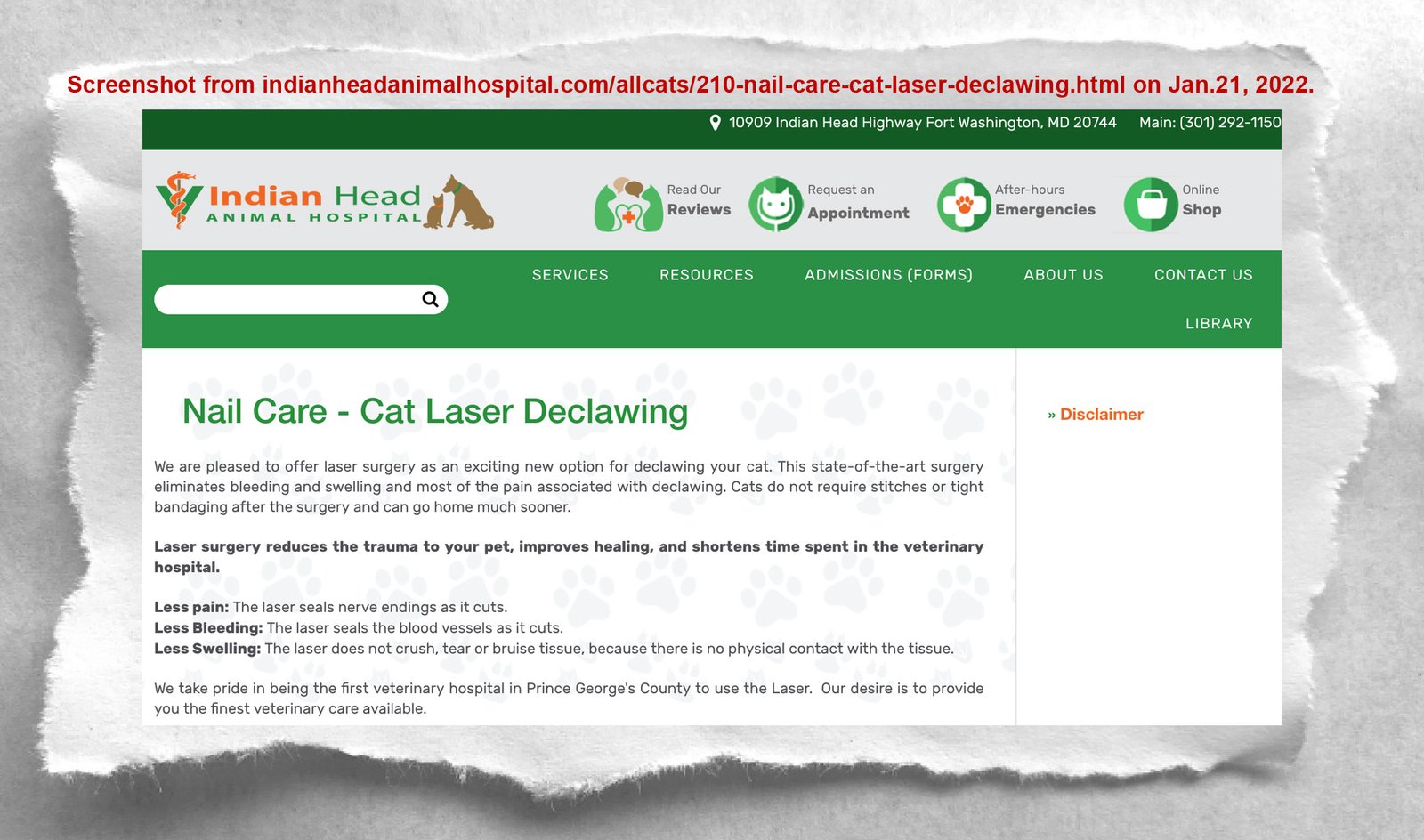
The Maryland Veterinary Medical Association Failed to Stop the Anti-Declawing bill.
We looked into how the Maryland Veterinary Medical Association’s leaders address declawing at their vet practices.

We looked into how the Maryland Veterinary Medical Association’s leaders address declawing at their vet practices.
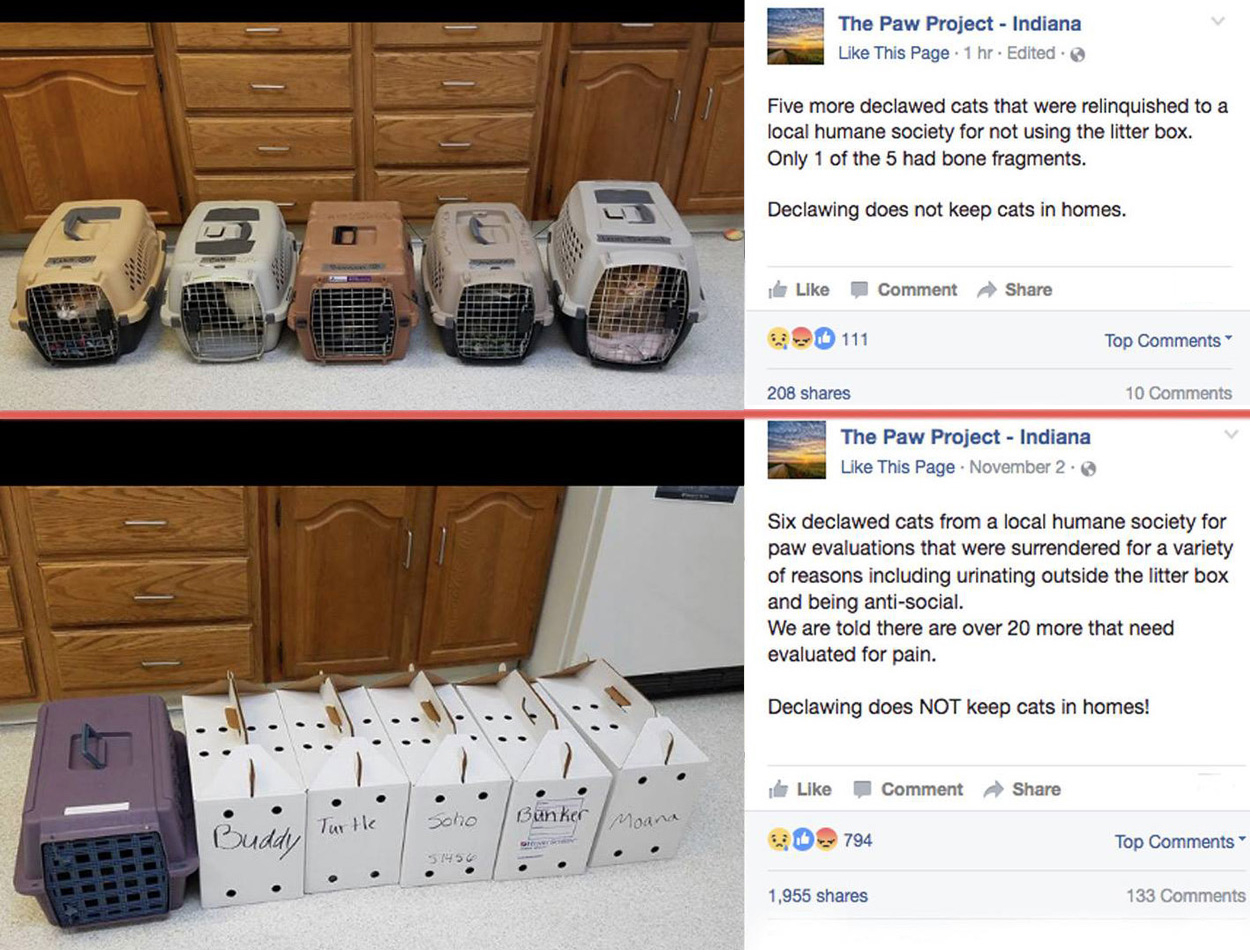
City the Kitty is calling on animal lovers across the world to investigate the ASPCA on why they do not want declawing banned and why they have a declawing position statement that is on the side of declawing veterinarians and not cats.
If the ASPCA has a declawing position statement that completely condemns this animal cruelty (declawing) and helps pass laws to ban it, then more cats would be protected from this inhumane, cruel, and very harmful amputation procedure.
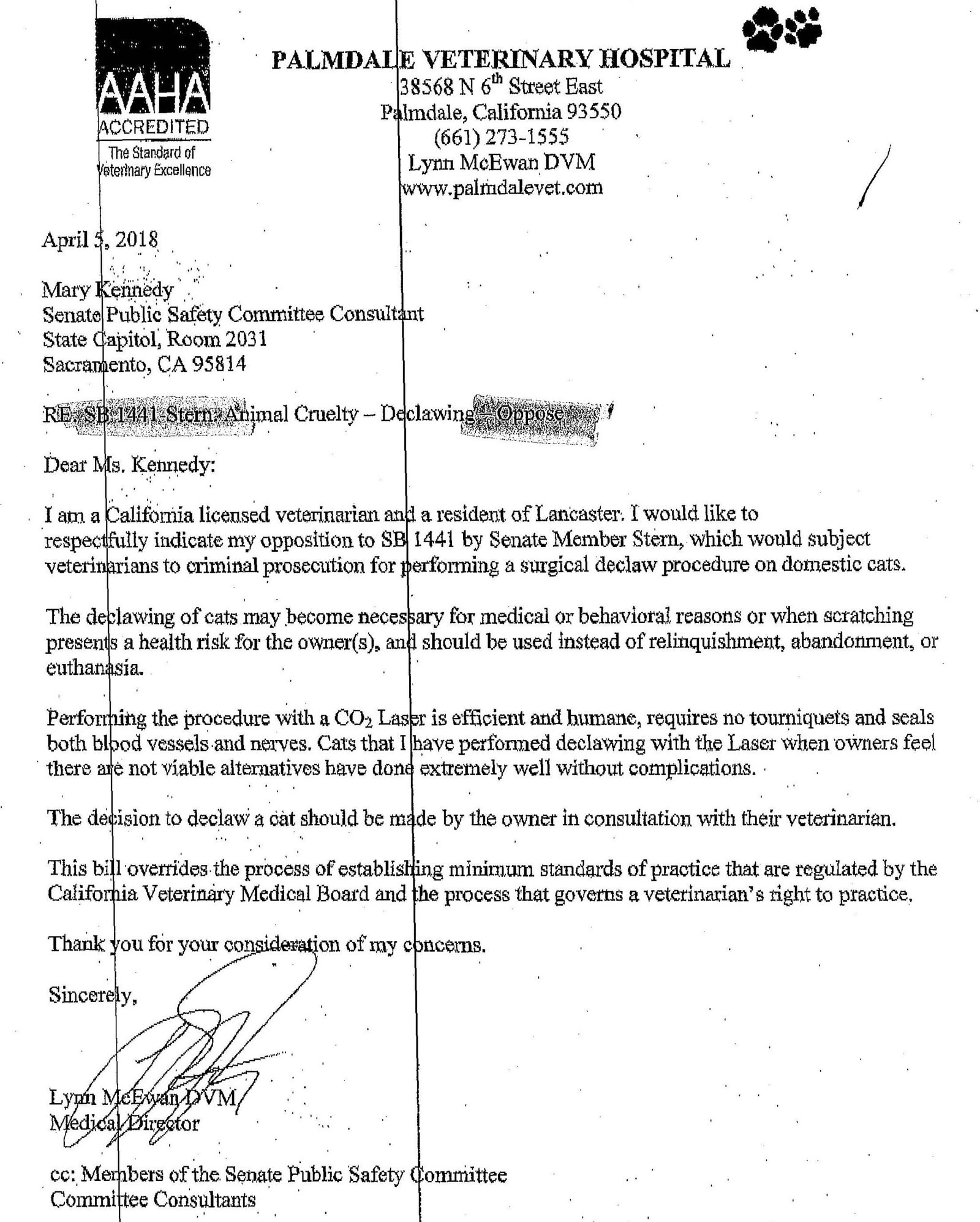
Here are some examples of how the vets with AAHA Accredited Animal Hospital’s fight to stop the anti-declawing bills and ordinances.
Dr Lynn McEwan of Palmdale veterinary hospital, an AAHA accredited animal hospital, submitted this letter of opposition to the California bill to ban declawing in 2018.
In August 2021, another AAHA veterinarian, Dr Peter Pelissier testified to the Sheridan, WY City Council and Mayor about why he opposes the declaw ban amendment to the animal cruelty/abuse ordinance. Here’s his full testimony. He was not truthful with some of his information. This declaw ban amendment was stopped by a 5-2 vote. One of the Sheridan City Council members told us that he voted no because of Dr Pelissier’s testimony.
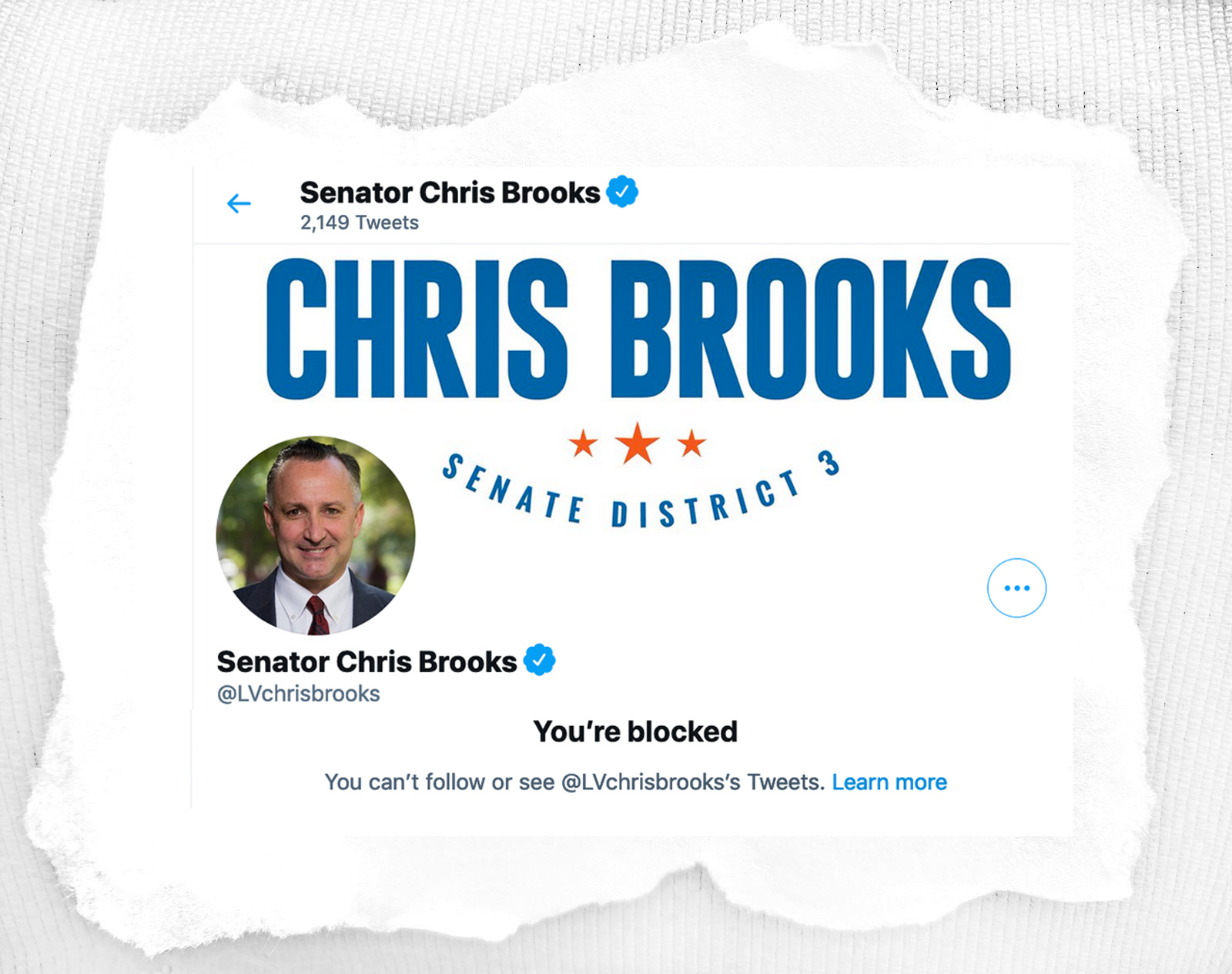
Why did Nevada Democrat Senator Chris Brooks, Pete Goicoechea, and Ira Hansen oppose this cat protection, animal welfare bill? Do they support animal cruelty? Was Chris Brooks doing his friend, Alisa Nave Worth, the Nevada Veterinary Medical Association’s lobbyist a favor? Do these Senators not like cats?
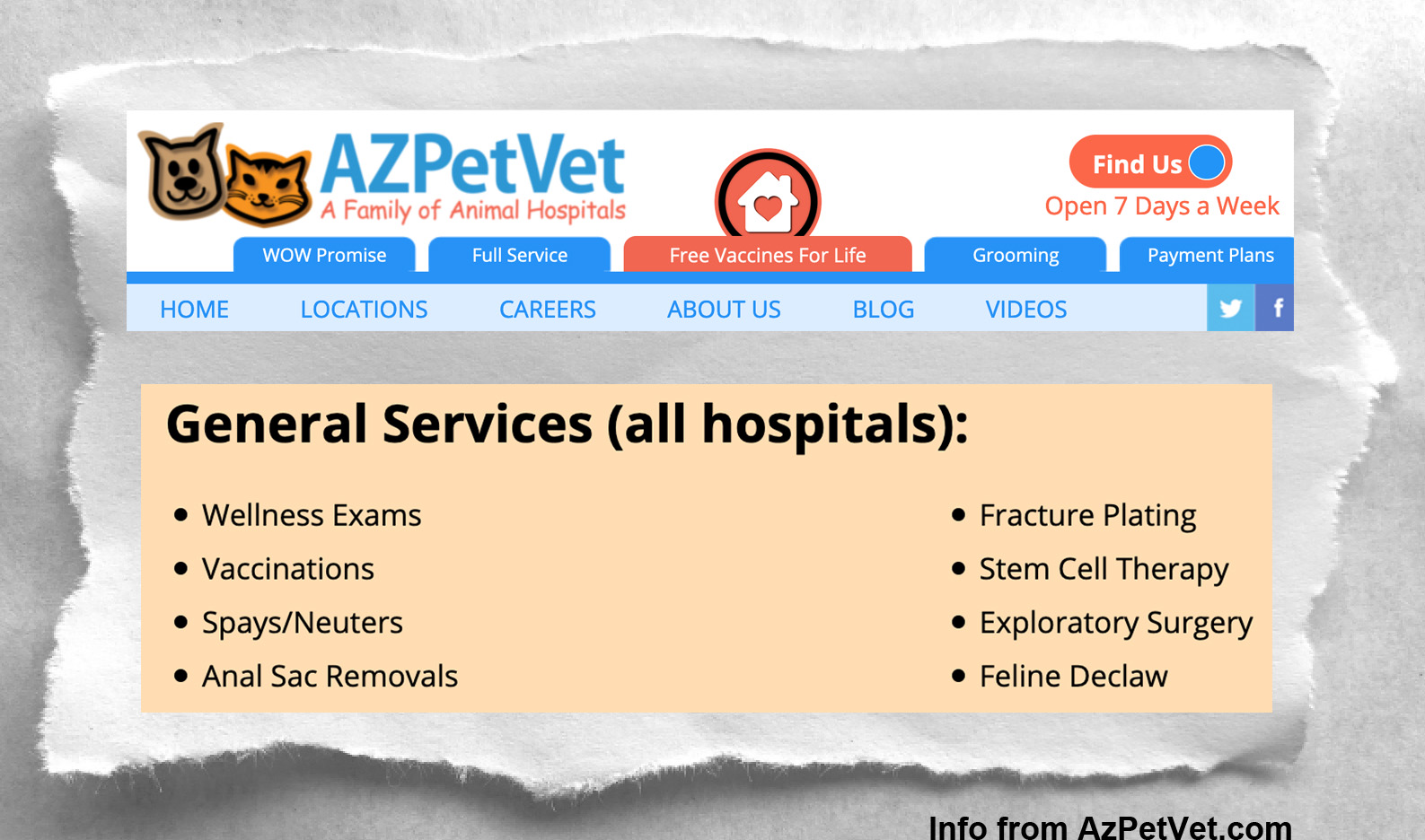
Dr Wayne Anderson, owner of AzPet Vet group, testified in opposition to the anti-declawing bill in Arizona. He said that declaws in his practices are rarely performed, maybe one or two a year. Our research shows that declawing is a routine procedure in many of his practices according to the employees that work there.
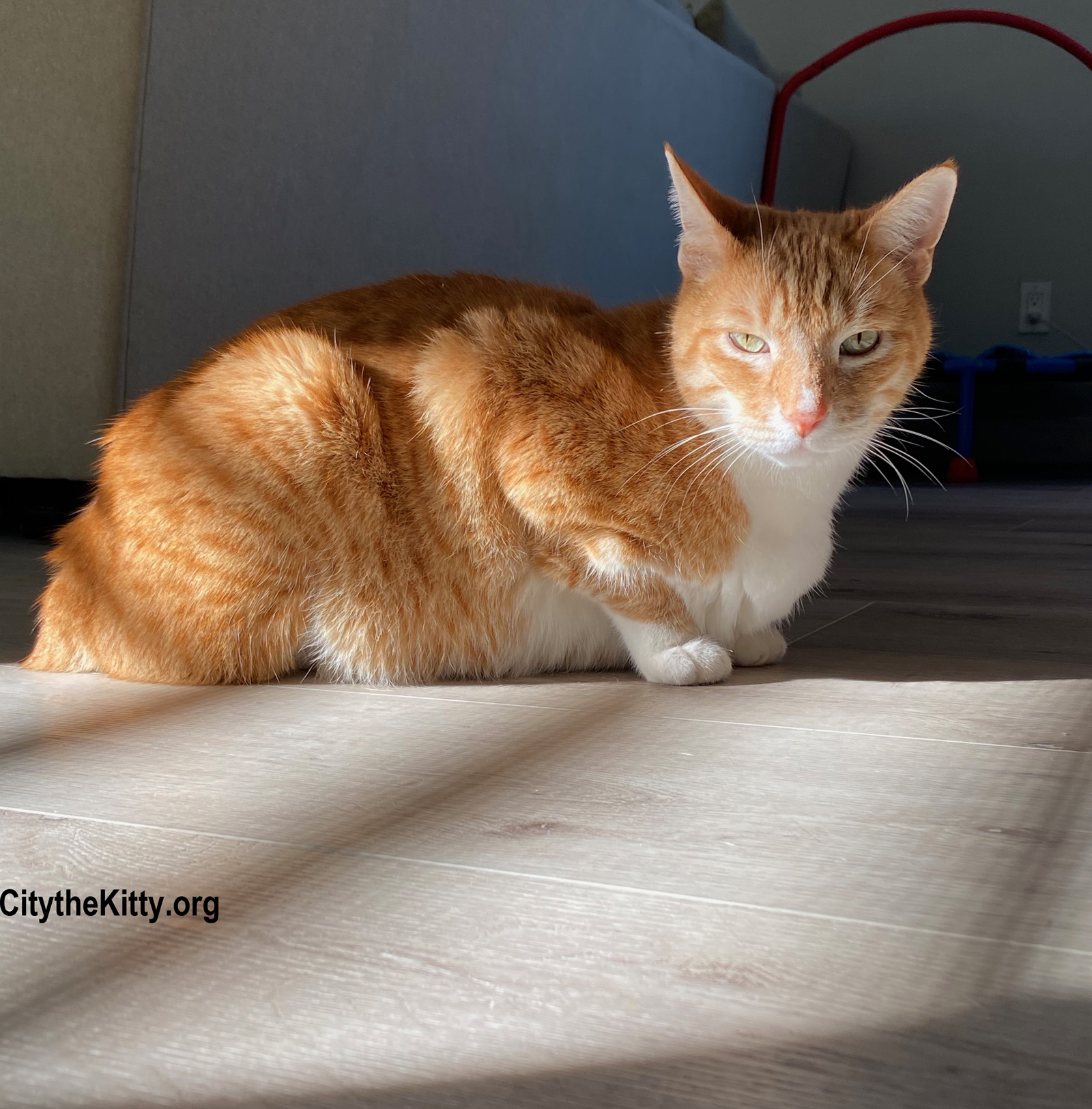
Here’s a letter of opposition to the 2021 Arizona Anti-declaw bill, HB 2626, from Emily Kane, the Exec. Director of the Arizona Veterinary Medical Association. (She is NOT a veterinarian.)
May 2019 This is a story about a veterinarian, Dr Jerry Owens, and his opinions about declawing. Owens, 72, will be the President of
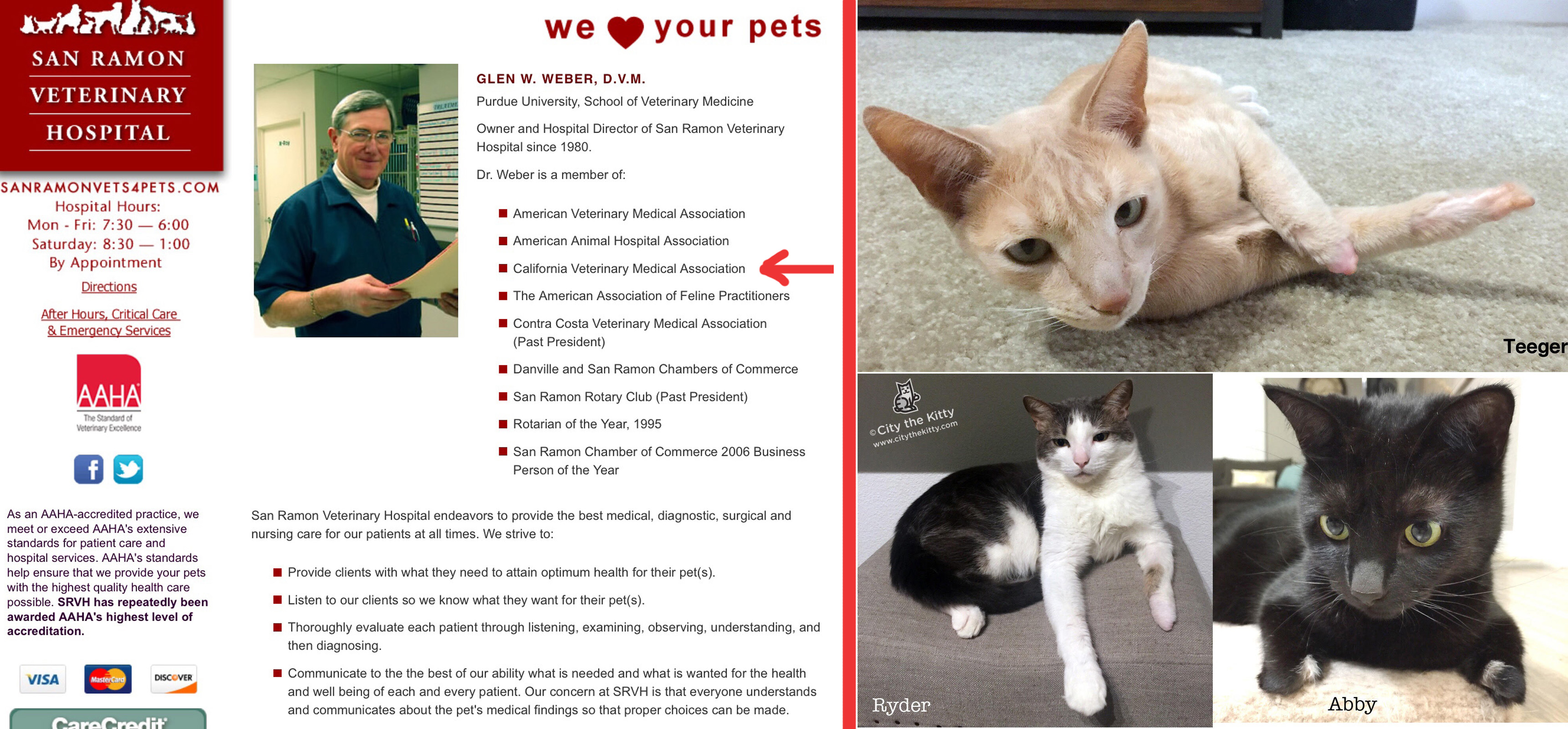
Multiple animal medical and welfare organizations have issued statements against declawing, including the American Association of Feline Practitioners, the American Animal Hospital Association, the Canadian Veterinary Medical Association, and the World Small Animal Veterinary Association. Fourteen jurisdictions have seen fit to ban the procedure. Even a major veterinary hospital chain, VCA, stopped declawing a year ago throughout Canada.
Now it is time for California to pass this important legislation and join the worldwide humane movement against declawing.
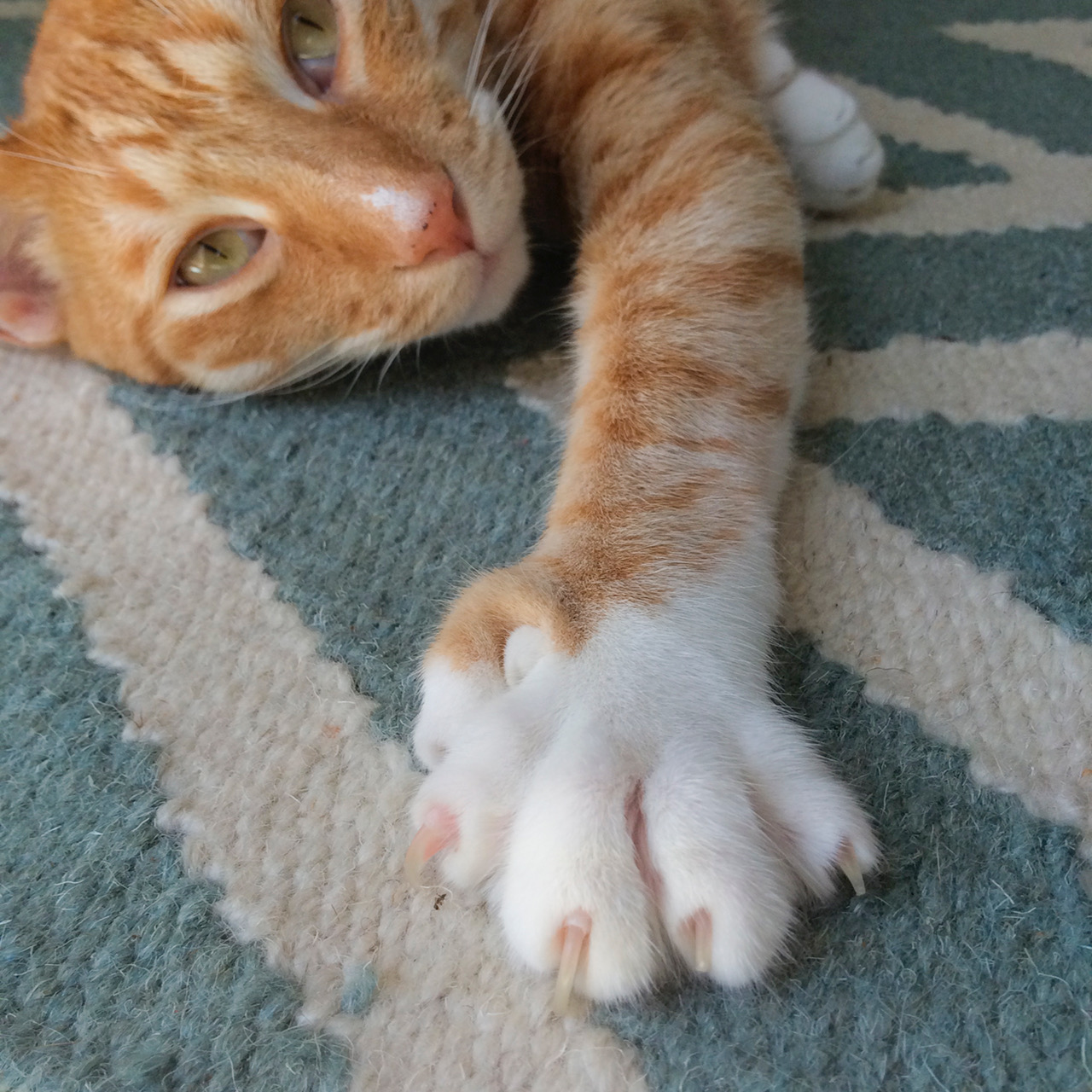
Dr Gina Vance, President of the Capital Area Veterinary Medical Association, went on to say, “The decision to perform any veterinary treatment or therapy should be made by the pet owner and the veterinarian on a case-by-case basis within the context of a veterinary doctor client patient relationship.”
A Councilman asked Dr Vance, “Is elective declawing for non-medical reasons a treatment or therapy?”
Dr Gina Vance replied, “It can be considered a behavioral treatment.”
Dr Gina Vance also stated, “We try everything we can to talk people out of it.”
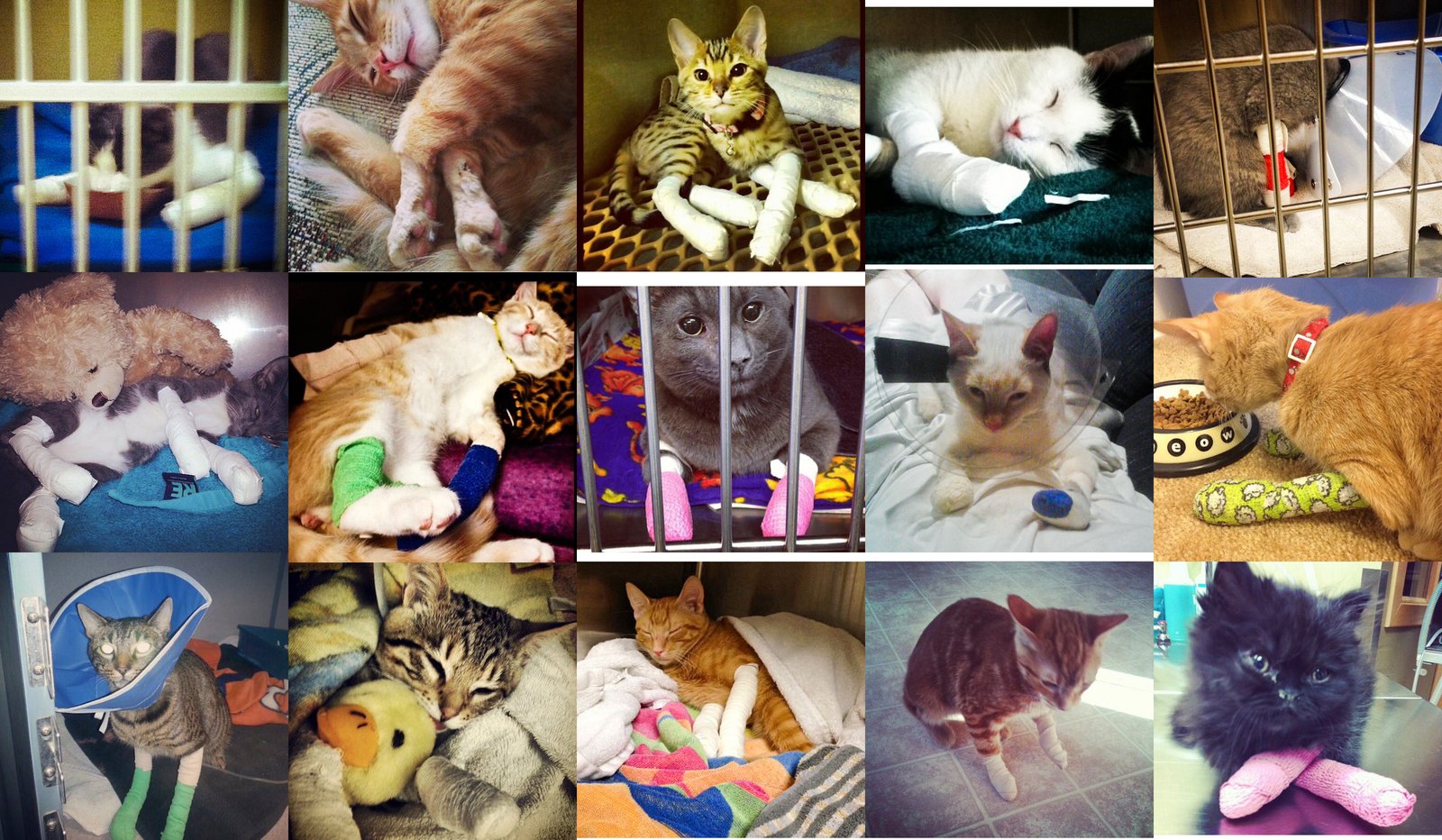
The California Veterinary Medical Association stopped the 2018 anti-declawing bill. Canadian veterinarians in British Columbia voted to ban declawing in May 2018.